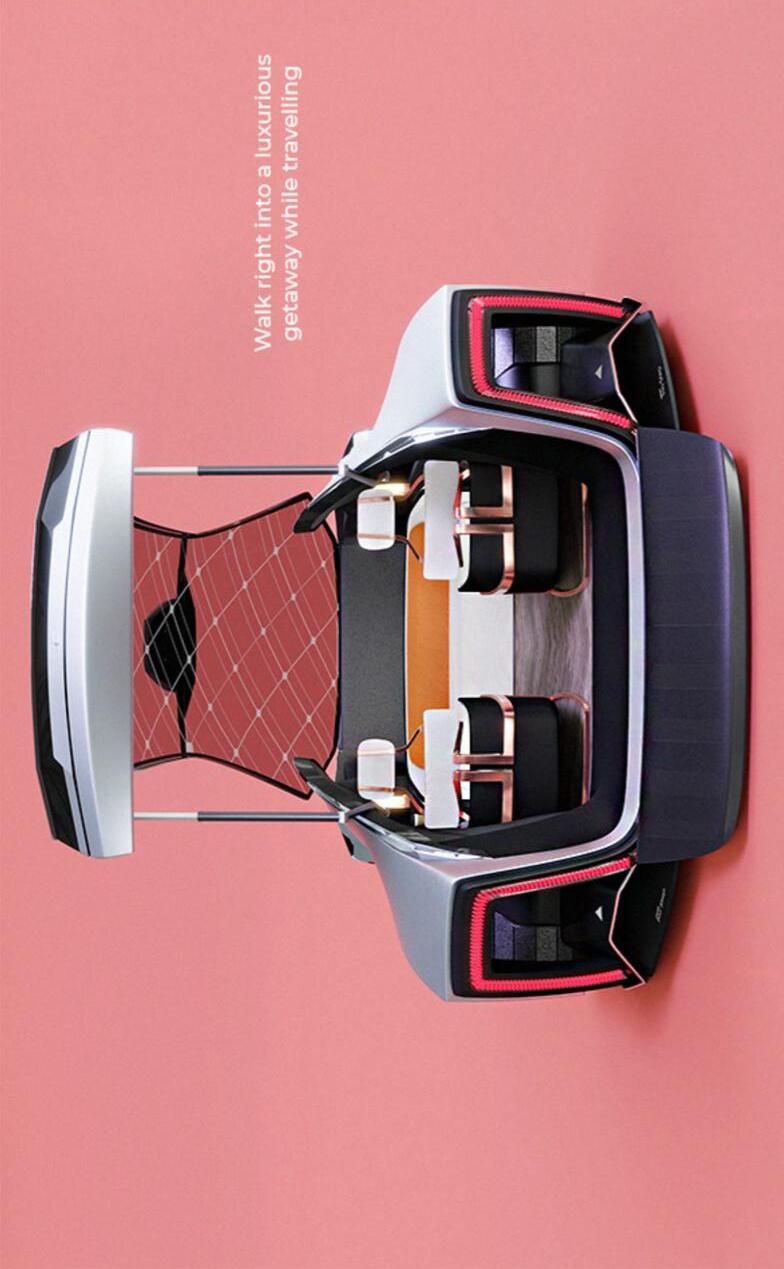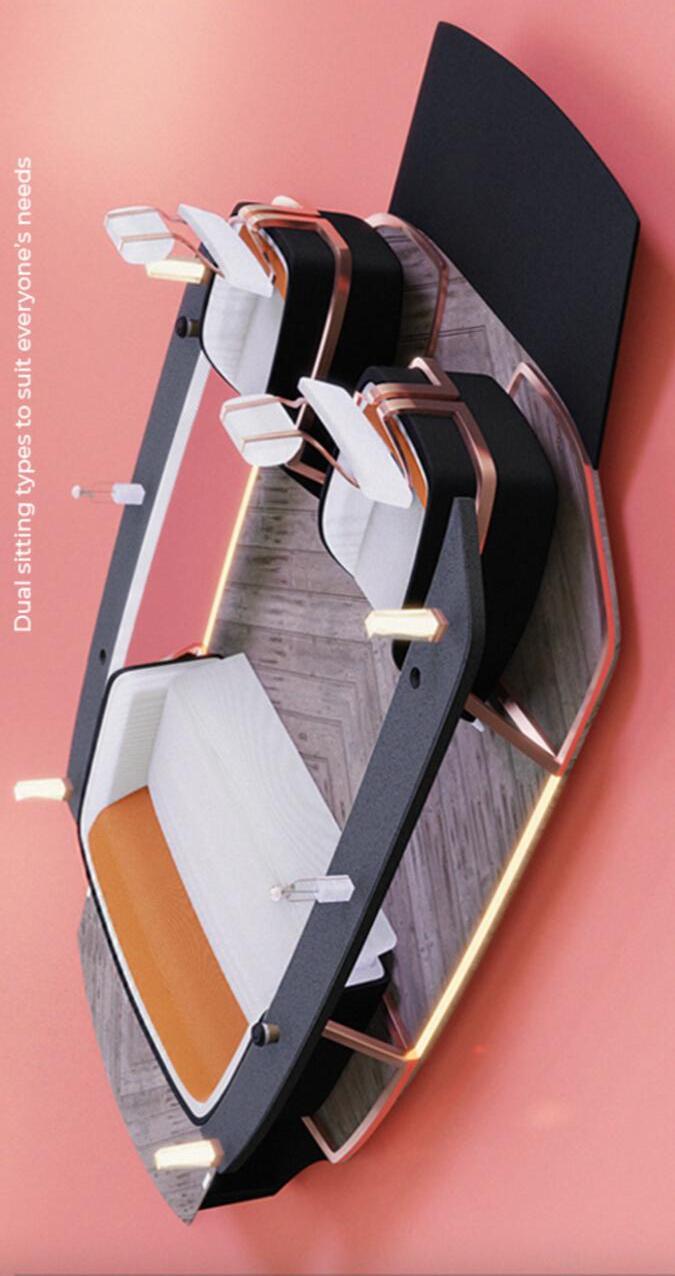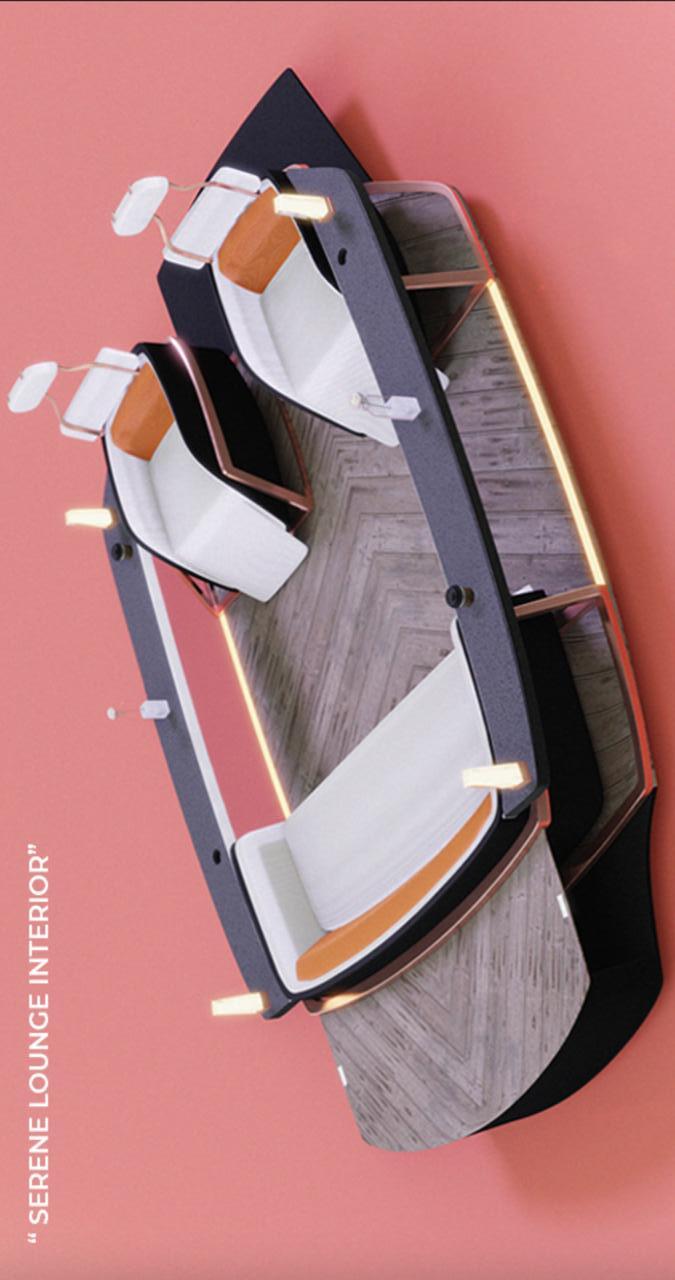
1 minute read
ASSET LIGHT & AGILE
Flat Organisation
Just like with the race teams of the early days at Polestar, multi-disciplinary teams need to work together to continuously improve the car performance and driver experience. The company strives to continuously mirror the outside world and to adapt to social and technological changes (such as the interpretation of hierarchy or the implementation of digitisation). Any symbols inferring that one division or function is more important than the other is not an option in a 21st-century business.
Advertisement
This requires many adaptations, particularly in comparison to the Volvo organisation, including having CEOs working on the floor like everyone else, working with forecasts instead of competing budget rounds, and replacing complex org charts with a flat organisation where, for example, the data scientists report directly to the board. .
Polestar Design Community



Polestar embraces the fact that it needs to be the change and that it has to also encourage, support and shape the change. Leading by example is great, but only if people follow. With this in mind, Polestar has been using the Polestar Design Community (PDC) to bring together student and professional designers from diverse backgrounds and locations to see what a more-sustainable electric future could look like. The design challenges of this lively Instagrambased community provoke Polestar to continuously have an open mind as the firm nurtures, mentors and coaches winning ideas into prototypes.
ASSET-LIGHT APPROACH
Polestar currently employs about 1,000 people, yet thousands of engineers and workers work on the Polestar products. Service contracts are used so as to remain agile and maintain a type of asset-light approach. This implies that Polestar embraces many strategic partnerships, with all kinds of industryleading specialists, in the many different fields involved in making an electric vehicle.







